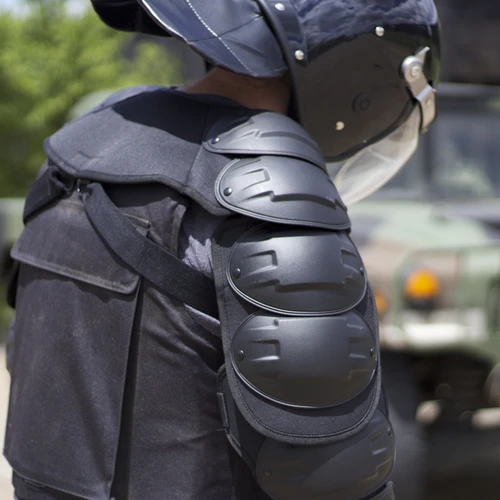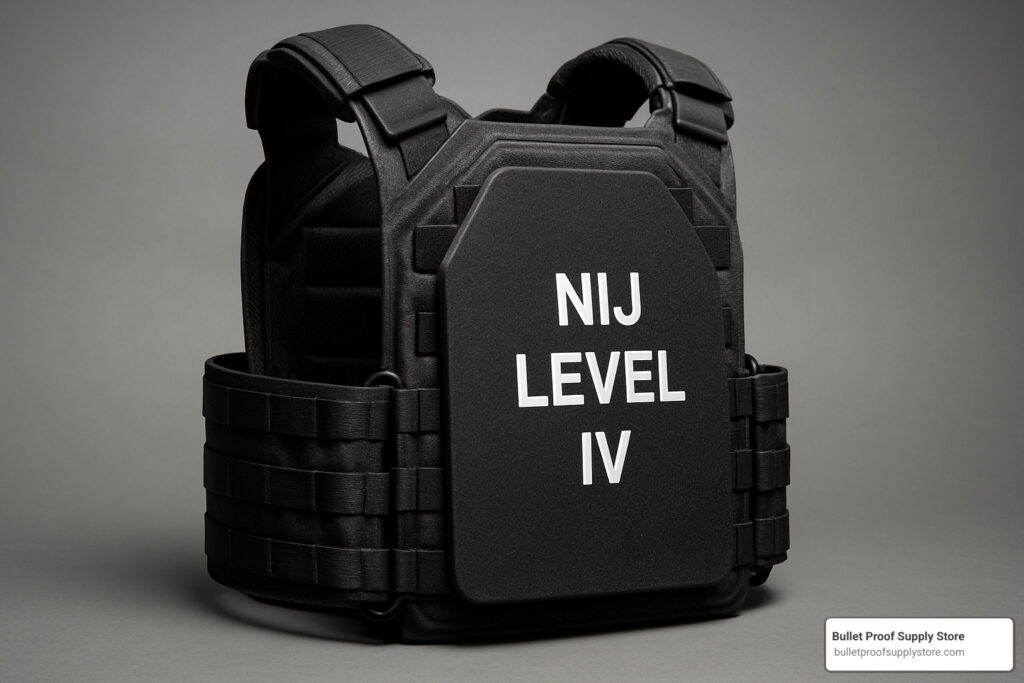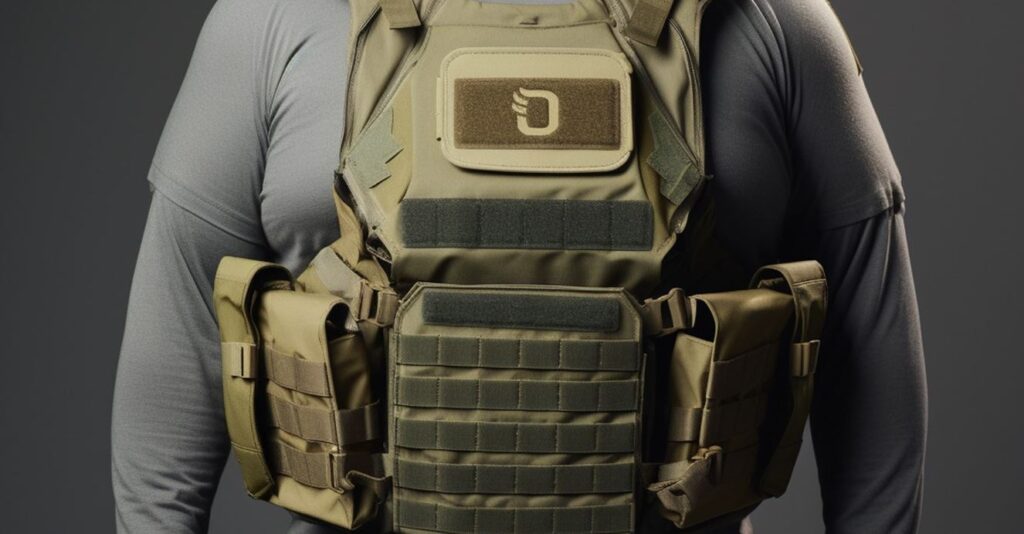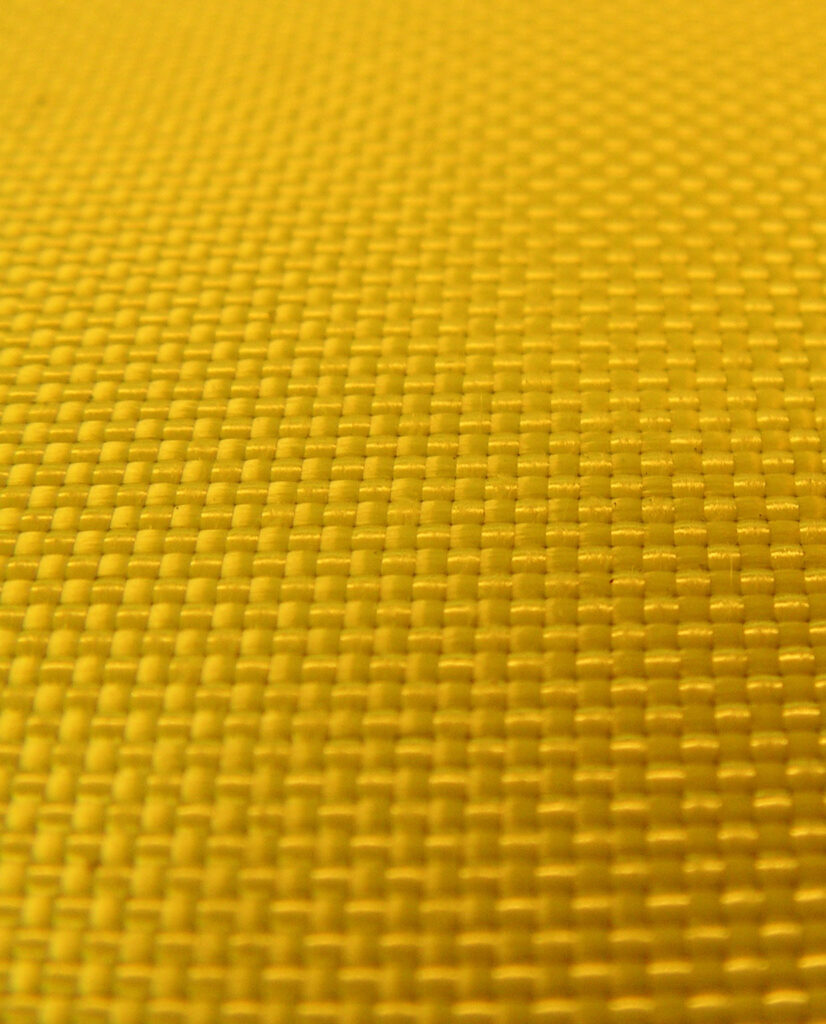A bulletproof vest is a vital piece of personal protective equipment that can save lives in dangerous situations. To ensure its effectiveness and maximize its lifespan, proper maintenance is essential. In this article, we will explore the importance of maintaining a bulletproof vest and how it enhances both its effectiveness and longevity.
The Importance of Maintaining a Bulletproof Vest
A bulletproof vest is designed to protect the wearer from potentially life-threatening injuries caused by bullets or other ballistic threats. However, over time, a vest’s protective capabilities can deteriorate due to factors such as wear and tear, exposure to contaminants, or improper handling. Regular maintenance is crucial to keep the vest in optimal condition, ensuring that it provides the intended level of protection when it matters most.
How Proper Maintenance Enhances the Effectiveness and Longevity of the Vest
Proper maintenance plays a significant role in enhancing the effectiveness and longevity of a bulletproof vest. Regular cleaning removes dirt, sweat, and contaminants that can compromise the vest’s integrity and potentially impact its protective capabilities. Inspecting the vest for any signs of damage or wear allows for timely repairs or replacements, ensuring that the vest remains effective. Additionally, following proper handling and storage practices prevents unnecessary stress on the vest’s components and helps maintain its structural integrity.
Understanding Your Bulletproof Vest
Different Types of Bulletproof Vests and Their Construction Materials
Bulletproof vests come in various types, each designed to offer protection against specific threats and tailored for different applications. The most common types include soft body armor vests and plate carriers.
- Soft Body Armor Vests: These vests are made from flexible materials such as Kevlar or similar synthetic fibers. They provide protection against handgun rounds and certain types of shrapnel or fragments.
- Plate Carriers: Plate carriers are designed to hold ballistic plates, typically made from ceramic, composite materials, or steel. These plates offer enhanced protection against high-velocity rifle rounds.
It’s important to understand the type of vest you have and its intended level of protection to ensure proper maintenance.
Components and Layers of a Bulletproof Vest
Bulletproof vests consist of multiple layers and components that work together to absorb and dissipate the force of a bullet impact. While specific designs may vary, the common components and layers include:
- Carrier: The outer shell or carrier holds the protective components in place. It is typically made from durable and tear-resistant materials such as nylon or polyester.
- Ballistic Panels: These are the core protective components of the vest. Soft body armor vests contain layers of synthetic fibers, such as Kevlar, arranged in a tightly woven pattern to stop and disperse the force of a bullet. Plate carriers feature inserts or plates made from rigid materials that can withstand high-velocity rifle rounds.
- Straps and Fasteners: The vest is secured to the wearer’s body using adjustable straps and fasteners. These ensure a proper fit and distribution of the vest’s weight.
Cleaning and Care
Regular Cleaning to Remove Dirt, Sweat, and Contaminants
Regular cleaning is essential to remove dirt, sweat, and contaminants that can accumulate on your bulletproof vest. These substances can degrade the performance of the vest and potentially compromise its protective capabilities. Follow the manufacturer’s guidelines for cleaning frequency, but as a general rule, aim to clean your vest after each use or at least once every few weeks.
Choosing the Appropriate Cleaning Method Based on the Vest’s Materials
The cleaning method you choose should be appropriate for the materials used in your bulletproof vest. Soft body armor vests can often be hand-washed using a mild detergent and warm water. Gently scrub the surface with a soft brush or sponge, paying attention to areas that may have accumulated dirt or stains. Avoid using harsh chemicals or bleach, as they can damage the fibers.
For plate carriers, remove the ballistic plates before cleaning. Wipe the carrier down with a damp cloth or sponge, and spot-clean any areas that require more attention. Follow the manufacturer’s instructions for cleaning the plates themselves, as they may have specific guidelines.
Proper Storage to Maintain the Integrity of the Vest
Proper storage is crucial to maintaining the integrity of your bulletproof vest. Here are some key considerations:
- Hang or Store Flat: Ideally, hang your vest on a sturdy hanger or lay it flat to avoid excessive folding or creasing that can weaken the materials over time.
- Avoid High Heat: Keep your vest away from direct sunlight and sources of high heat, such as radiators or heaters. Excessive heat can damage the fibers and reduce the vest’s effectiveness.
- Protect from Moisture: Store your vest in a dry and well-ventilated area to prevent moisture buildup, which can lead to mold or mildew growth. If your vest becomes wet, allow it to air dry completely before storing.
- Avoid Compression: Avoid placing heavy objects on top of your vest or storing it in a compressed manner, as this can damage the protective materials.

Inspecting for Damage
Regularly Inspecting the Vest for Signs of Wear and Tear
Regular inspection is crucial to identify any signs of wear and tear on your bulletproof vest. Over time, the materials can degrade or become damaged, compromising the vest’s protective capabilities. Set a schedule to inspect your vest at least once a month, or more frequently if you use it frequently or in demanding conditions.
Checking for Loose Stitching, Fraying, or Damaged Panels
During the inspection, pay close attention to the following areas for any signs of damage:
- Loose Stitching: Check the seams and stitching on the carrier for any loose or frayed threads. Loose stitching can weaken the overall structure of the vest.
- Fraying: Examine the edges of the carrier and straps for any signs of fraying. Frayed areas may indicate excessive wear and can lead to further deterioration if not addressed.
- Damaged Panels: Inspect the ballistic panels for any signs of damage, such as punctures, cuts, or tears. If you have a plate carrier, ensure that the plates are in good condition without cracks or significant damage.
Addressing Any Damage Promptly to Ensure the Vest Remains Effective
If you discover any damage during the inspection, it’s essential to address it promptly to ensure the vest remains effective. Small repairs, such as stitching loose threads or patching minor tears, can often be done at home using appropriate repair kits or materials recommended by the manufacturer.
For significant damage or if you’re unsure how to proceed with repairs, consult a professional or contact the vest’s manufacturer for guidance. It’s important to have any repairs done by trained professionals to ensure the vest’s integrity is not compromised.
Remember, addressing damage promptly is crucial to maintain the vest’s effectiveness. Failure to address even minor damage can result in reduced protection and compromise your safety in a critical situation.
Proper Handling and Usage
Using the Vest as Intended and Following Manufacturer Guidelines
To maintain the effectiveness of your bulletproof vest, it’s crucial to use it as intended and follow the manufacturer’s guidelines. Pay attention to any specific instructions regarding wear, care, and maintenance provided by the manufacturer. Using the vest in ways contrary to its intended purpose may compromise its protective capabilities and lifespan.
Avoiding Excessive Bending, Folding, or Mishandling
Excessive bending, folding, or mishandling of your bulletproof vest can damage its components and weaken its protective capabilities. Avoid bending or folding the vest beyond what is necessary for storage or transport. Mishandling, such as dragging the vest on rough surfaces or subjecting it to unnecessary stress, should be avoided as well. Treat your vest with care to preserve its integrity.
Ensuring Proper Fit and Adjustment for Optimal Protection
Proper fit and adjustment are essential for optimal protection and comfort. Follow the manufacturer’s guidelines for sizing and adjustment to ensure the vest fits snugly and securely. A properly fitting vest ensures that the protective panels are in the correct position to provide maximum coverage. Regularly check the fit and make any necessary adjustments to ensure proper alignment and comfort.
Replacing and Upgrading
Knowing When It’s Time to Replace an Aging or Damaged Vest
Bulletproof vests have a limited lifespan due to wear, exposure to environmental factors, and potential degradation of materials over time. It’s important to be aware of when it’s time to replace an aging or damaged vest. Signs indicating the need for replacement may include noticeable wear and tear, loss of ballistic capabilities, or expiration of the manufacturer’s recommended lifespan. If you have any doubts about the vest’s effectiveness, consult a professional or the manufacturer for guidance.
Staying Updated on Advancements in Bulletproof Vest Technology
Advancements in bulletproof vest technology continually improve the protective capabilities and comfort of vests. Stay informed about the latest developments in bulletproof vest technology. Research and stay updated on advancements in materials, construction techniques, and innovations that may offer enhanced protection. This knowledge can help you make informed decisions when it’s time to replace or upgrade your vest.
Considering Upgrading to Newer Models for Enhanced Protection
When considering the replacement or upgrade of your bulletproof vest, assess if newer models offer enhanced protection or improved features. Consider factors such as improved ballistic performance, weight reduction, comfort enhancements, or additional features that align with your specific needs. Upgrading to a newer model can provide you with enhanced protection and peace of mind.
Safety and Storage Accessories
Utilizing Carrier Covers and Trauma Plates for Added Protection
Consider utilizing additional safety and storage accessories to enhance the protection and longevity of your bulletproof vest. Carrier covers are protective sleeves or covers designed to shield the carrier from dirt, debris, and UV exposure, prolonging its lifespan. Trauma plates, which are inserted into plate carriers, offer additional protection against blunt force trauma by dispersing the impact energy. These accessories can provide added layers of protection and increase the overall durability of your vest.
Properly Storing and Transporting the Vest in Protective Cases or Bags
Proper storage and transportation are essential for maintaining the integrity of your bulletproof vest. Invest in protective cases or bags designed specifically for bulletproof vests. These cases provide additional protection against environmental elements, such as moisture, dust, and accidental damage. Properly storing and transporting your vest in protective cases or bags helps preserve its condition and ensures it is ready for use when needed.
Considering Additional Accessories for Comfort and Convenience
Consider additional accessories that can enhance the comfort and convenience of wearing your bulletproof vest. Accessories such as shoulder pads, padding inserts, or moisture-wicking liners can improve comfort during prolonged wear. Attachments for carrying additional equipment or supplies can enhance convenience and accessibility. Evaluate your specific needs and explore accessories that can enhance your overall experience with the vest.

Maintenance Tips for Specific Types of Bulletproof Vests
Tips and Considerations for Soft Body Armor Vests
- Follow the manufacturer’s cleaning instructions specific to your soft body armor vest.
- Avoid machine washing or drying unless explicitly stated as safe by the manufacturer.
- Inspect the outer carrier for any wear, loose threads, or damage that may affect the vest’s overall integrity.
- Avoid excessive exposure to extreme temperatures, as it can impact the effectiveness of the vest’s materials.
- Store the vest flat or hung to avoid creasing or folding that can weaken the fibers.
Maintenance Guidelines for Ceramic or Composite Plate Carriers
- Remove ballistic plates before cleaning the carrier, following the manufacturer’s instructions.
- Clean the carrier using a mild detergent, sponge, or cloth, and gently scrub any soiled areas.
- Inspect the carrier for any loose stitching, fraying, or signs of wear that may compromise its integrity.
- Inspect the ballistic plates for cracks, chips, or any damage that may affect their protective capabilities.
- Store the carrier and plates separately to prevent unnecessary stress or damage.
Special Care Instructions for Kevlar-Based Vests
- Follow the manufacturer’s guidelines for cleaning and maintenance specific to Kevlar-based vests.
- Avoid using harsh chemicals, bleach, or abrasive cleaners that can damage the Kevlar fibers.
- Inspect the vest for any signs of Kevlar degradation, such as yellowing or brittleness.
- Store the vest in a cool, dry place away from direct sunlight to prevent UV damage to the Kevlar fibers.
- If you notice significant damage or degradation to the Kevlar fibers, consult a professional or contact the manufacturer for guidance.
Final Thoughts
Maintaining your bulletproof vest is essential for its effectiveness and longevity. By following the essential tips and tricks outlined in this article, you can ensure that your vest remains in optimal condition for personal protection.
Remember to regularly clean your vest, inspect it for damage, and handle it properly. Seek professional inspection and certification when necessary, and consider additional safety accessories for added protection and convenience.
Maintaining a bulletproof vest requires diligence and attention to detail, but the effort is worthwhile to ensure your safety. By adhering to proper maintenance practices, you can have confidence that your vest will perform as intended when you need it most. Stay proactive, stay vigilant, and prioritize the maintenance of your bulletproof vest for optimal personal protection.




